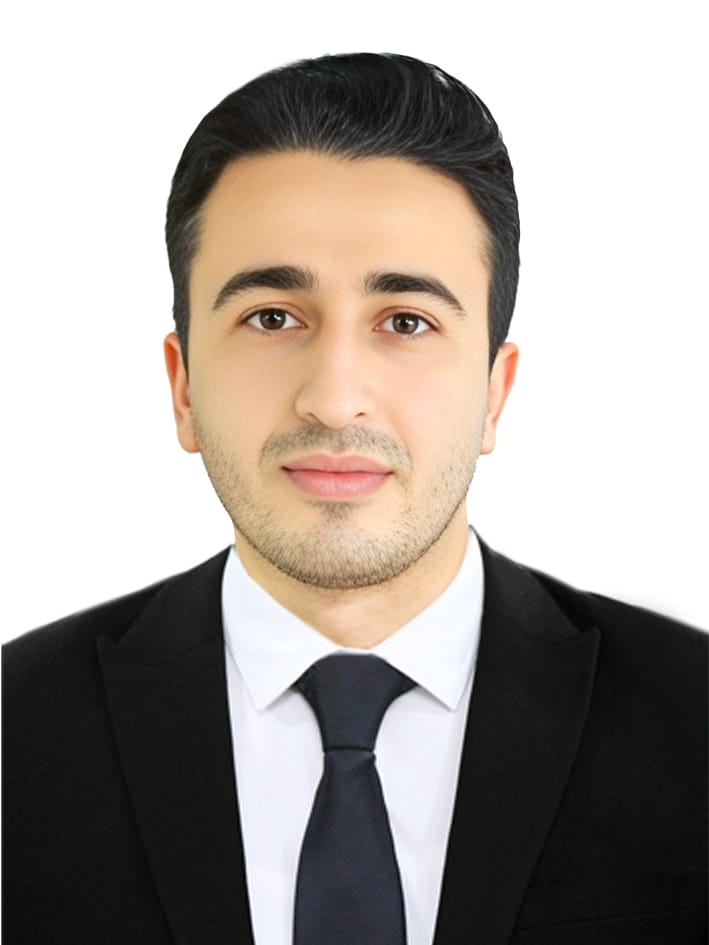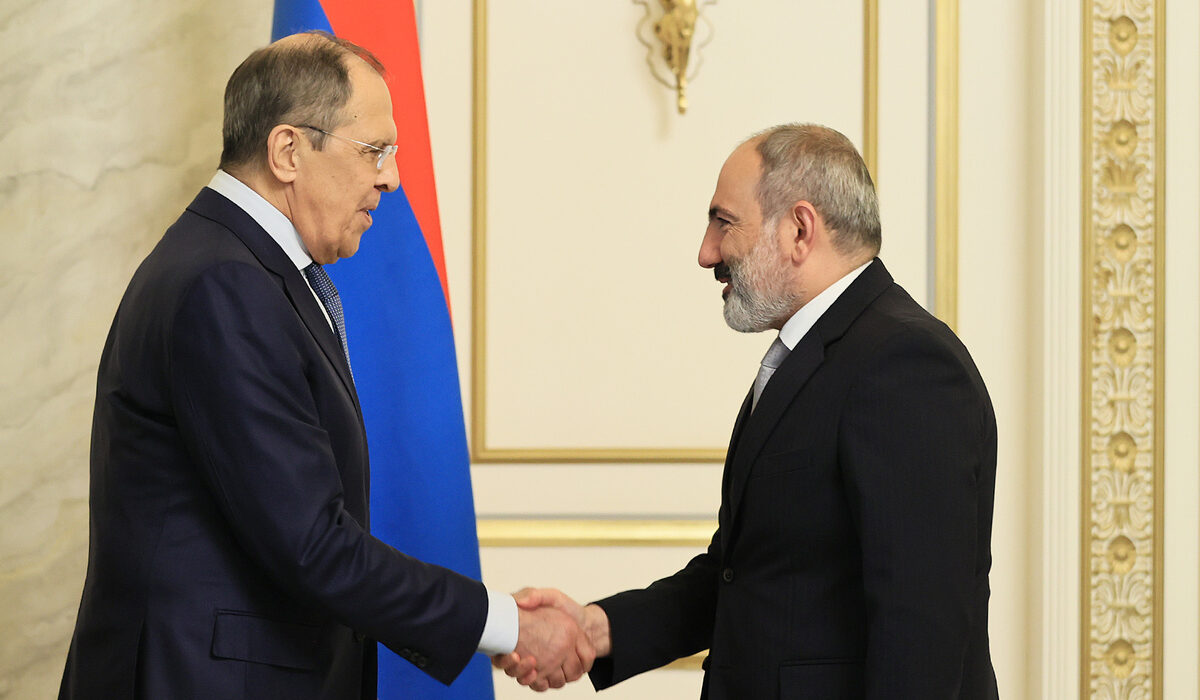by Rustam Taghizade

It is evident that the government led by Nikol Pashinyan, which has been in power in Armenia for several months, adopts a favourable stance towards the opposition. However, a divergent political landscape was previously observed. Lavrov’s visit to Armenia is also indicative of a political message from Russia. Sergey Lavrov’s recent whirlwind tour—teaching at the Yerevan State University one day and crossing into Azerbaijani-controlled Nakhchivan the next—reveals more than a diplomat’s itinerary. It lays bare Russia’s struggle to maintain influence in the South Caucasus as Armenia and Azerbaijan recalibrate their alliances.
In Yerevan, Lavrov played the familiar role of patron: extolling the “deep historical ties” between Russia and Armenia, pledging continued security guarantees under the CSTO framework, and announcing economic relief packages to offset Armenia’s growing Western tilt. His classroom visit was as much about symbolism—projecting a mentor-in-chief image—as about substance. Yet behind the scenes, Armenian Prime Minister Pashinyan’s government has quietly broadened ties with the EU and U.S., craving markets and military aid that Moscow can no longer match.
Russia risks losing its monopoly as Armenia’s strategic patron. Lavrov’s gestures may delay the drift toward NATO-compatible defense partnerships, but absent deeper economic incentives, Yerevan will continue hedging westward.
Russia still claims equal access to both Armenian and Azerbaijani leaderships. But this dual tour underscores a strategic vulnerability: while Armenia seeks new guarantors, Azerbaijan’s burgeoning ties to Turkey and Israel have already diminished Moscow’s leverage in Baku.
Armenian political experts believe that Nakhchivan, long a Russian garrison, is now a showcase for Ankara and Baku’s ambitions to oust Russia as the region’s security broker. Lavrov’s presence is intended to remind Baku that Russia remains a diplomatic savior. But the reality is different. Azerbaijan’s energy and military partnerships tell a different story. In addition, it is clear that Azerbaijan is making concerted efforts to create the Zangezur corridor. The opening of the Zangezur corridor is actually beneficial for Armenia as well. The rationale behind this claim is that it will have a positive impact on the Armenian economy and thus generate revenue. However, the question remains who will take control of the corridor. This fundamental question remains the subject of ongoing research. Consequently, various obstacles arise in the process of opening the corridor.
Russia’s grand South Caucasus tour, designed to project the Kremlin as the indispensable power broker, has instead laid bare the limits of Moscow’s influence. In Yerevan, Armenian leaders quietly balance Western economic aid against Moscow’s security guarantees—accepting aid packages and NATO-compatible training in exchange for only the most cursory treaty assurances. Meanwhile in Baku, Azerbaijan doubles down on its “Comprehensive Strategic Partnership” with Beijing even as it fields Turkish-made Bayraktar drones and Israeli-supplied loitering munitions that have transformed its battlefield calculus.
Faced with this new reality, Moscow must confront a vexing dilemma. On one hand, the triumph of Turkish drones in the 2020 Karabakh campaign compels Russia to consider counter-selling advanced air-defense systems to Azerbaijan—yet doing so risks alienating Yerevan, which already bristles at half-measures from its longtime patron. On the other hand, Armenia’s accelerating drive toward EU accession and its embrace of U.S. military training will test Russia’s strategic patience. Without a compelling economic counteroffer—perhaps deep energy-subsidy relief, or a generous investment program—Armenia’s westward pivot seems all but inevitable.
Underlying these choices is a broader question of alliance credibility. Lavrov’s whirlwind diplomacy has underscored just how fragile the Collective Security Treaty Organization has become. Should Armenia ever invoke the CSTO’s mutual-defense clauses in response to renewed Karabakh hostilities, Russia will face an unenviable decision: honor its treaty commitments and openly provoke Azerbaijan, or quietly sideline its CSTO obligations at the risk of further eroding its standing in Yerevan. In trying to treat both capitals alike, Moscow finds itself satisfying neither—and watching its Caucasus hegemony slip away.
Lavrov’s classroom lecture and cross-border drive were more than photo-ops—they were a last-ditch effort to reassert Russian centrality in a region now frictioned between Ankara, Brussels, and Tehran. But as Armenia and Azerbaijan capitalize on new partnerships, Russia’s role is at risk of shrinking to that of a rhetorical guarantor rather than a decisive power broker. The real test will come when a fresh crisis in Karabakh or Nakhchivan forces both Yerevan and Baku to choose definitively between Moscow’s fading embrace and the rising alternatives.
I think that the current political situation in Armenia is not stable. And maneuvering between the West and Russia is not an easy task. Therefore, the Armenian side should comply with the conditions put forward by Azerbaijan. This will also contribute to peace and security in the South Caucasus. Azerbaijan is further increasing its geopolitical influence along multi-vector political lines.

